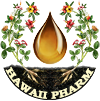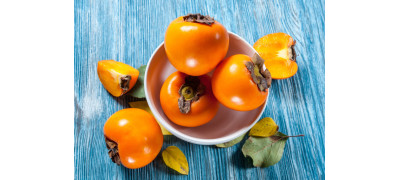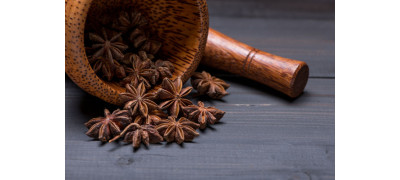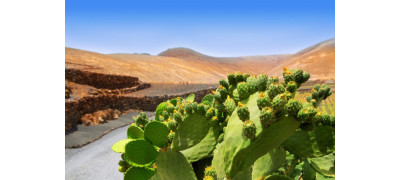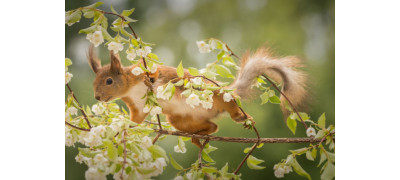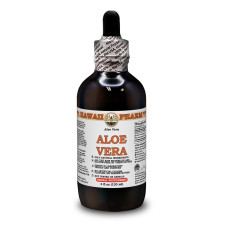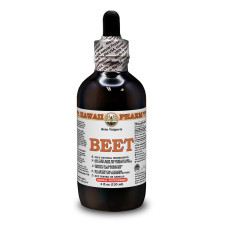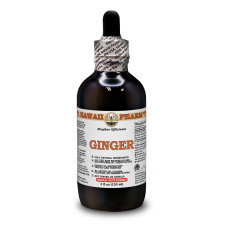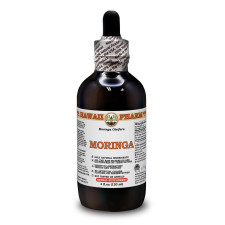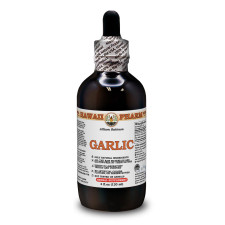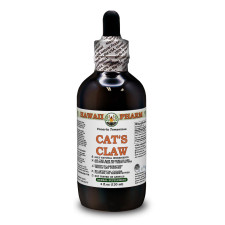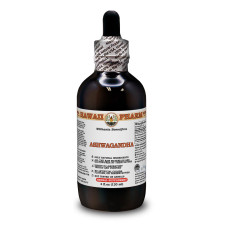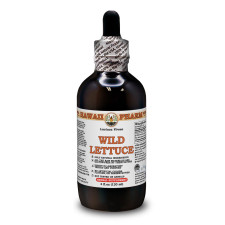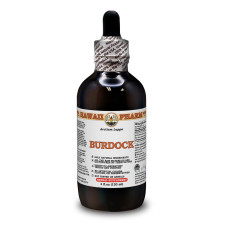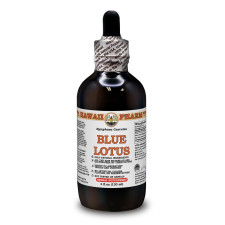- Home
- Alcohol Herbal Extracts
- Alcohol-FREE Herbal Extracts
- Veterinary Herbal Extracts
- Partnership
Partnership
We are open for cooperation with all interested persons or organizations. We have plenty of partners from all around the world and are looking for a long-term cooperation with new ones. At the present time we offer the following cooperation models:

WHOLESALER
We offer up to 30% discounts for wholesalers. The exact discount amount is dependent on your order amount, quantity and size of items. Minimum order amount is $300.

PRACTITIONER
Only for licensed practitioners! Create an account as practitioner and get special exclusive promotions. This kind of account is required manual approve.

AFFILIATE PROGRAM
Do you recommend us to your friends, family, colleagues and/or clients? If so: Thanks! We really appreciate it! Join our affiliate program. It’s by far the best way to monetize your Twitter or Facebook page, blog, or website.
- Blog
- Contact Us
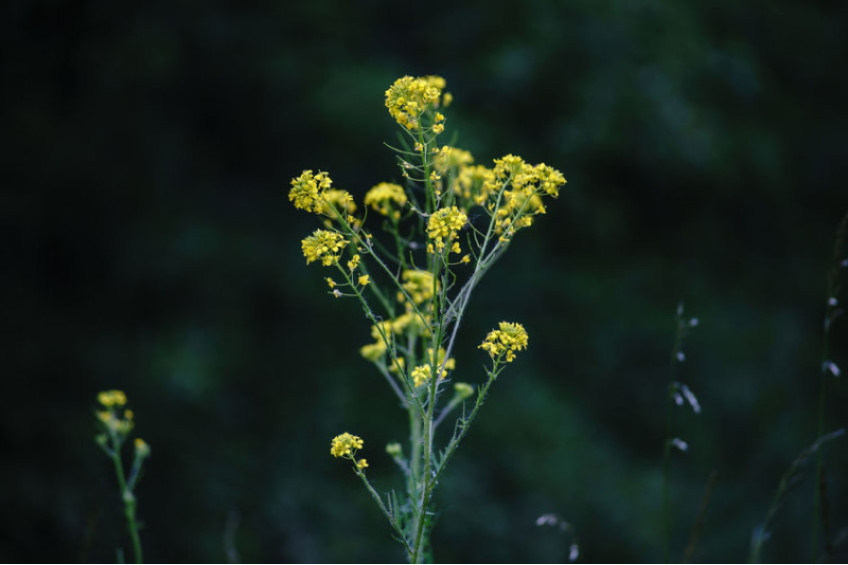
INDIGO PLANT
COMMON NAME: Indigo
LATIN NAME: Isatis Tinctoria
ORIGIN: India
HABITAT: India, America, Asia, Europe. The plant was cultivated in Western and Southern Europe, it was introduced into North America, where it became invasive.
BOTANICAL INFORMATION:
Indigo (lat. Isatis Tinctoria) is a species of plants from the genus Isatis. In total, this genus belongs to the Brassicaceae family or Cruciferae, according to various estimates, includes from 30 to 80 plants.
Isatis Tinctoria has a simple, bare, up-straight stem, sometimes stiff-haired from below, reaching a meter in length. The root of the plant is rutabiform, goes deep into the ground. The leaves of Indigo are bluish-green, basal - oblong-lanceolate, the stem is sessile, long, arrow-shaped, whole-marginal. Small, golden yellow flowers are collected in a corymbose inflorescence. The flowers have a four-leaf corolla with four petals arranged crosswise. The fruits of Isatis Tinctoria are drooping, single-seeded black pods, up to 8 mm long.
CHEMICAL COMPOSITION:
Due to the interest of the scientists to Isatis Tinctoria, at the beginning of the XXI century the composition of the plant was well studied. According to the recent studies, more than 65 different active compounds have been discovered in the plant, including glycosides, organic acids and sugars. Vitamins, saponins, flavonoids, indigo dyes, nitrogen-containing compounds. Isatis Tinctoria seeds contain fatty oil, in the composition of which acids such as oleic, arachinic, linoleic, palmitic, erucic, linoglyceric, stearic and eicosenic are found. The roots of the plant contain thioglycosides.
HISTORY:
Seeds are suitable for obtaining fatty oil, similar in composition to linseed oil, so it is often used as its substitute, and in some cases surpasses it.
Fresh juice is obtained from slightly dried leaves and is used as a cosmetic product. Eyebrows, eyelashes, eyelids are dyed with this plant, densely applied each time after a slight drying.
Indigo dye is obtained from the leaves of Isatis Tinctoria.
Isatis Tinctoria has been known to mankind since the Neolithic. Archaeologists found the seeds of the plant in the remains of Iron Age ceramics, the fabrics that were dyed with Indigo found during some excavations date back to the same period. The ancient Egyptians stained bandages for mummies with plant juice. There is a version according to which the Picts, the indigenous inhabitants of the British Isles, tattooed their bodies with the help of Indigo.
*Be sure to follow relevant directions on product labels and consult with your pharmacist or physician or other healthcare professional before using.
YUMMY PERSIMMONS
Persimmon is a bright orange, sweet fruit that originates from China. It is often referred to as the “Apple of the Orient” or the “Divine Fruit”. The persimmon tree belongs to the genus Diospyros. It ..
LITTLE SECRETS OF STAR ANISE
Star anise is getting more and more popular among spice lovers around the world due to its excellent taste and peculiar shape. Moreover, it has a great medicinal value along with widespread culinary u..
WHAT IS NOPAL?
Nopal cactus (Opuntia ficus-indica) is native to Mexico. Nopal is popular in the United States for its health benefits, including the promise for treating inflammation and disease. ..
FRAGRANT JASMINE
It’s difficult to mix up the wonderful scent of jasmine flowers with any other aroma. People have praised the pure beauty and fragrancy of jasmine since ancient times. It’s considered to be native to ..
Get exclusive deals you will not find anywhere else straight to your inbox!
Subscribe / UnsubscribeCookies policy
 We use cookies and similar technologies that are necessary to operate the website.
You can consent to our use of cookies by clicking "Accept..."
We use cookies and similar technologies that are necessary to operate the website.
You can consent to our use of cookies by clicking "Accept..."
Get exclusive deals you will not find anywhere else straight to your inbox!
Subscribe / UnsubscribeWe meticulously produce our extracts according to precise standards where each herb is extracted according to the distinct characteristic of each plant! Hawaii Pharm LLC offers the biggest choice of liquid herbal extracts in the World!

Hawaii Pharm LLC - Nature Heals. Highest Quality Herbal Products Since 2008.


